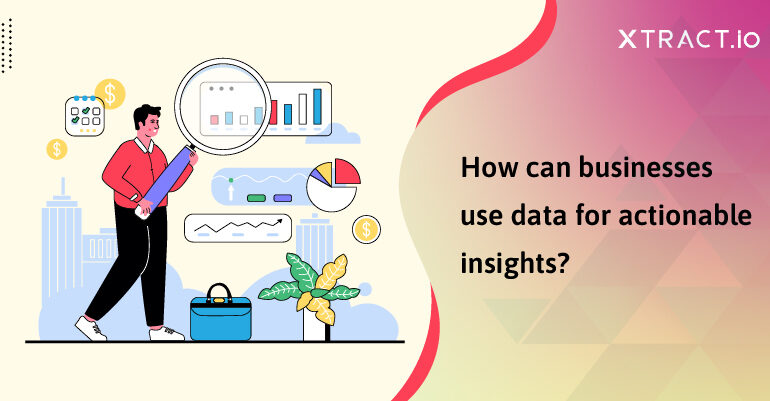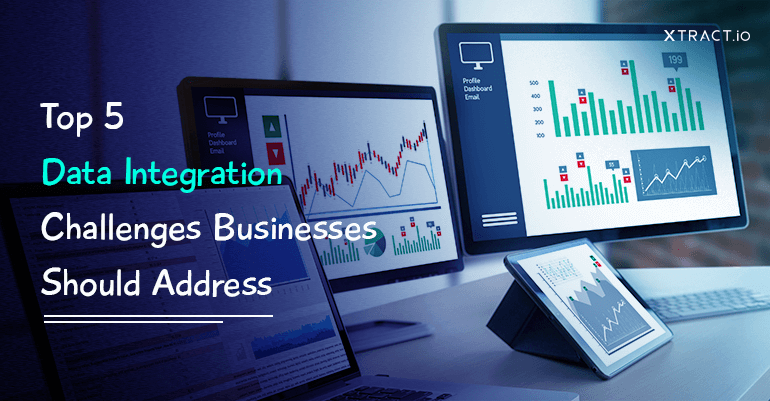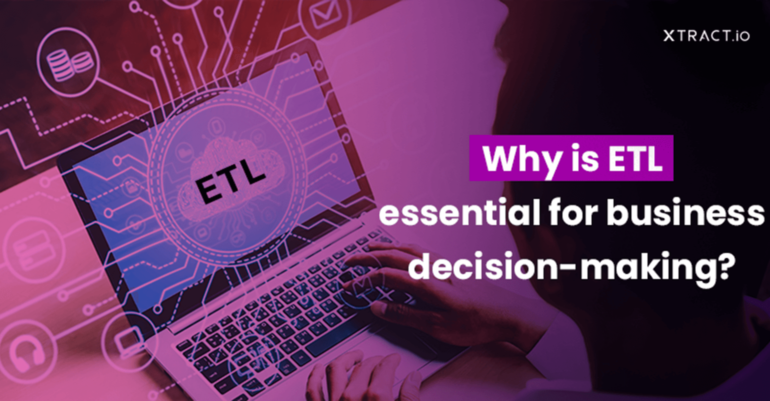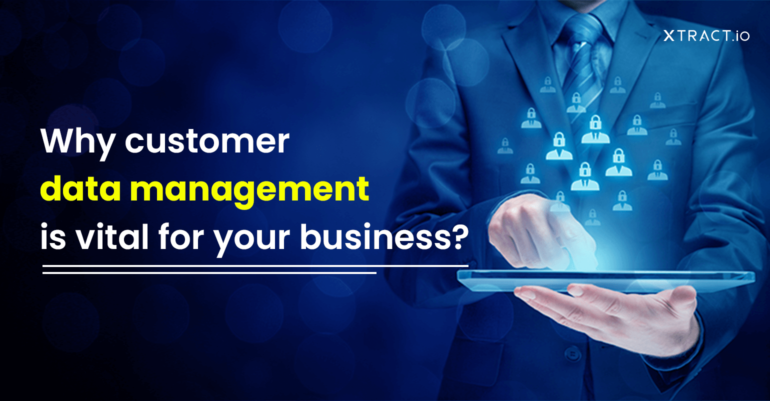For any organization to be data-driven, it is crucial to understand how to turn data into insights. Data is everywhere, waiting to be discovered and transformed into meaningful information. Organizations deal with vast amounts of data on products and services, customers, competitors, markets, operations, and more. But only a fraction of these companies are able to utilize this data for making impactful business decisions.
The reason is that this vast volume of data is mainly scattered across company databases and exists in silos. Only by having entire data in one place can an organization measure the dataset, recognize patterns, ask the right questions, track KPIs, and discover the context of the data.
Data-driven organizations analyze and convert raw data into actionable insights to back most essential decisions. Research shows that data-driven organizations have 3x better decision-making processes resulting in better performance and growth. McKinsey’s study indicates that data-driven companies have 2.6 times better ROI and are 23x more likely to outperform non-data-driven competitors.
Before we get into how you can transform data into insights, let’s understand what it means to be data-driven.
What is meant by data-driven?
Being data-driven means having data and analytics as a crucial part of your business, including operations, processes, and overall organizational culture. A data-driven organization understands the significance of generating insights from data to identify and address business challenges, spot opportunities, and drive growth.
Simply put, data-driven companies use raw data to derive insights into customer demographics, purchase behavior, competitors, industry trends, etc. Every organization generates data in today’s digital world. So, every organization can transform into being data-driven regardless of its size, industry, and offering.
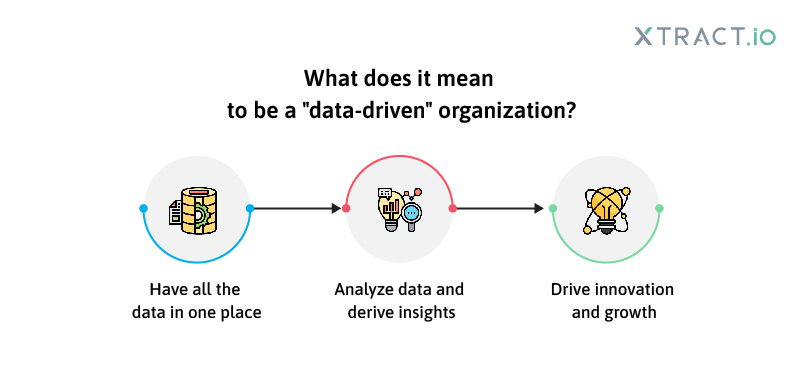
The one thing that requires attention here is ensuring that whatever data is used for analysis should be high-quality. Data can be a gold mine if organizations know how to strategize and use information as invaluable tools to grow their business. Look at some of the top data-driven companies like Google and Amazon. They have scaled exponentially because their business models are entirely built around data. Businesses need to start using data to guide their business moves if they want to scale aggressively.
How to use data for actionable business insights?
We know organizations can use the data to glean insights into various aspects of their business, but the question is how? The best way is to begin by determining your end goal. Here’s the step-by-step process involved in turning data into actionable insights.
Gather all the raw data you need
Every organization generates voluminous data through multiple customer touch points alone. All this data on your customers, operations, competitors, and more is in different forms and structures. And the data may be gathered from multiple structured or unstructured sources. So, it is important to have a tool that can extract data from unstructured sources.
Your first step would involve gathering all the data you need from relevant sources and compiling them in one place. For most companies, the data taken into account for forming business insights include enterprise-generated data, KPIs and performance data, and data from the web like social media platforms.
Quality data input plays a primary role in providing you with accurate insights. Suppose you need actionable insights into customer behavior for your business. You would need past data to analyze and identify a pattern. If the data you take into consideration is incomplete or inaccurate, it will affect your decision-making process and the results.
Format and structure the data
The compiled data from various sources is not fit for processing or meaningful analysis until it is formatted to be machine-readable. In this process of formatting and restructuring, the extracted data is converted into formats like CSV or Excel files to enable machine learning.
Businesses need to perform a series of steps at this point to convert the data into the desired format. These steps include filtering and normalization of data to make it useful for information retrieval. However, manually performing these processes would require time and effort. A better way for organizations to turn data into insights is to employ a data extraction solution.
Clean the data for accuracy
There are chances that the data is incomplete or inconsistent even after the normalization process. Here, organizations would have to manually skim through the information to find gaps and imperfections like missing data values. If there are information gaps or incorrect data in your dataset, the insights generated will not be accurate and useful.
Poor quality is a nightmare for organizations as analyzing inaccurate data can eventually result in bad business decisions, directly affecting revenue and growth. Therefore, ensuring data quality is of utmost importance for any organization to make confident decisions, enhance productivity and efficiency and reduce costs.
Analyze the data to identify patterns
The data is ready for analysis once it has been formatted and cleaned carefully. This step involves converting the prepared data into meaningful reports using data visualization techniques. By transforming the data into easily understandable charts, dashboards, tables, or graphs, it can be effortlessly interpreted by various stakeholders across the organization.
Organizations can use a real-time predictive analytics model to receive new data for better analysis continually. Predictive analytics helps organizations make predictions based on past and real-time data, allowing them to pivot as per the market changes.
Gather actionable insights to power decisions
Finally, the reports or charts created using the data will give you quick insights into various functions of your business, aiding decision-making. Companies perform better and expand when guesswork is no longer a part of their decision-making. You can turn data to get insights into different aspects of your business like – sales, accounting, marketing, IT, operations, and more.
Final thoughts
Data indeed has the answer to all problems a business might face. But, gathering the right data and ensuring its accuracy and relevancy for generating insights is challenging, time-consuming, and expensive when done manually.
Our data extraction solution offers pivotal business insights by capturing, processing, and centralizing data from any structured or unstructured source in real-time. Connect with our data experts today to understand how you can use our data solution for reliable business insights.


